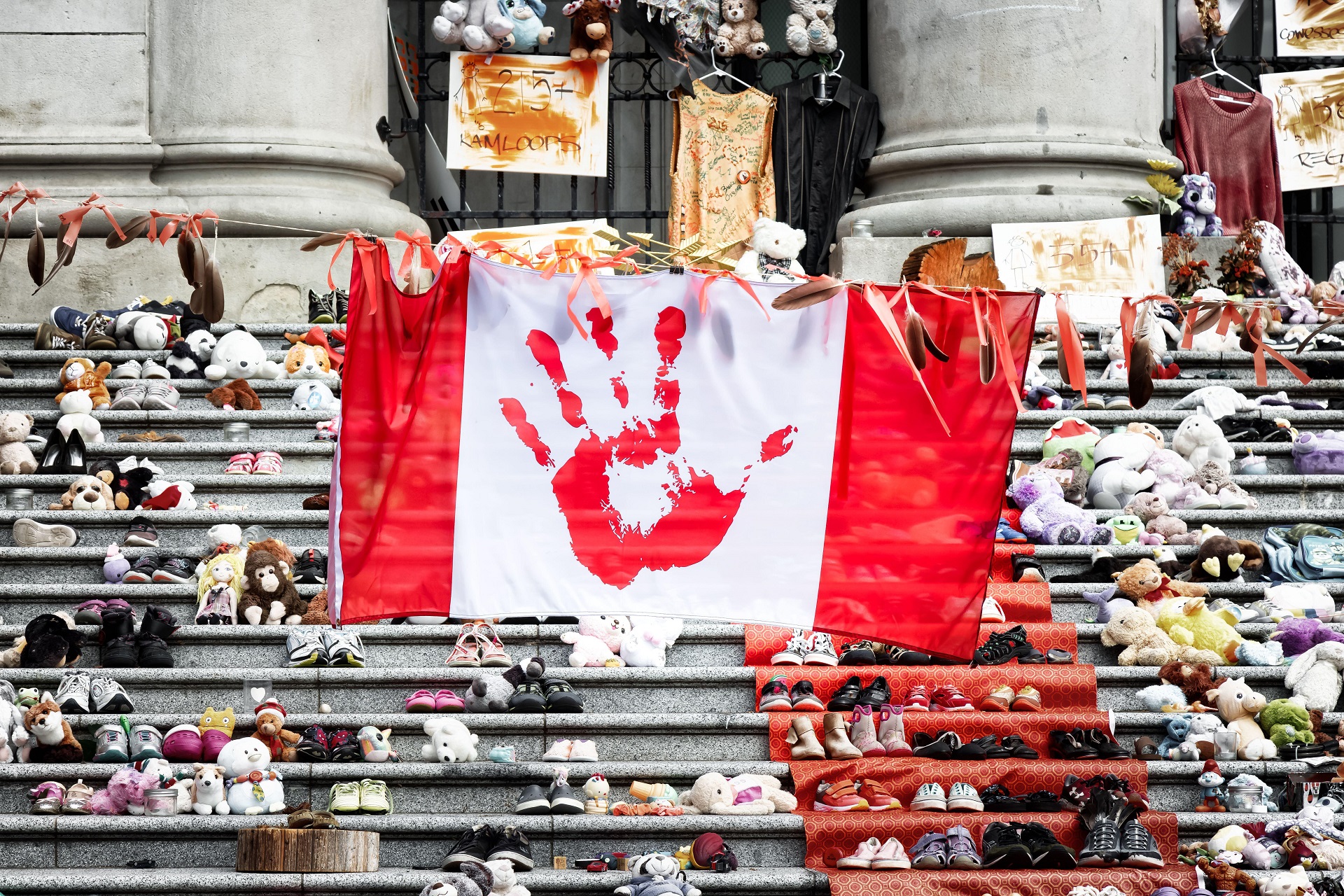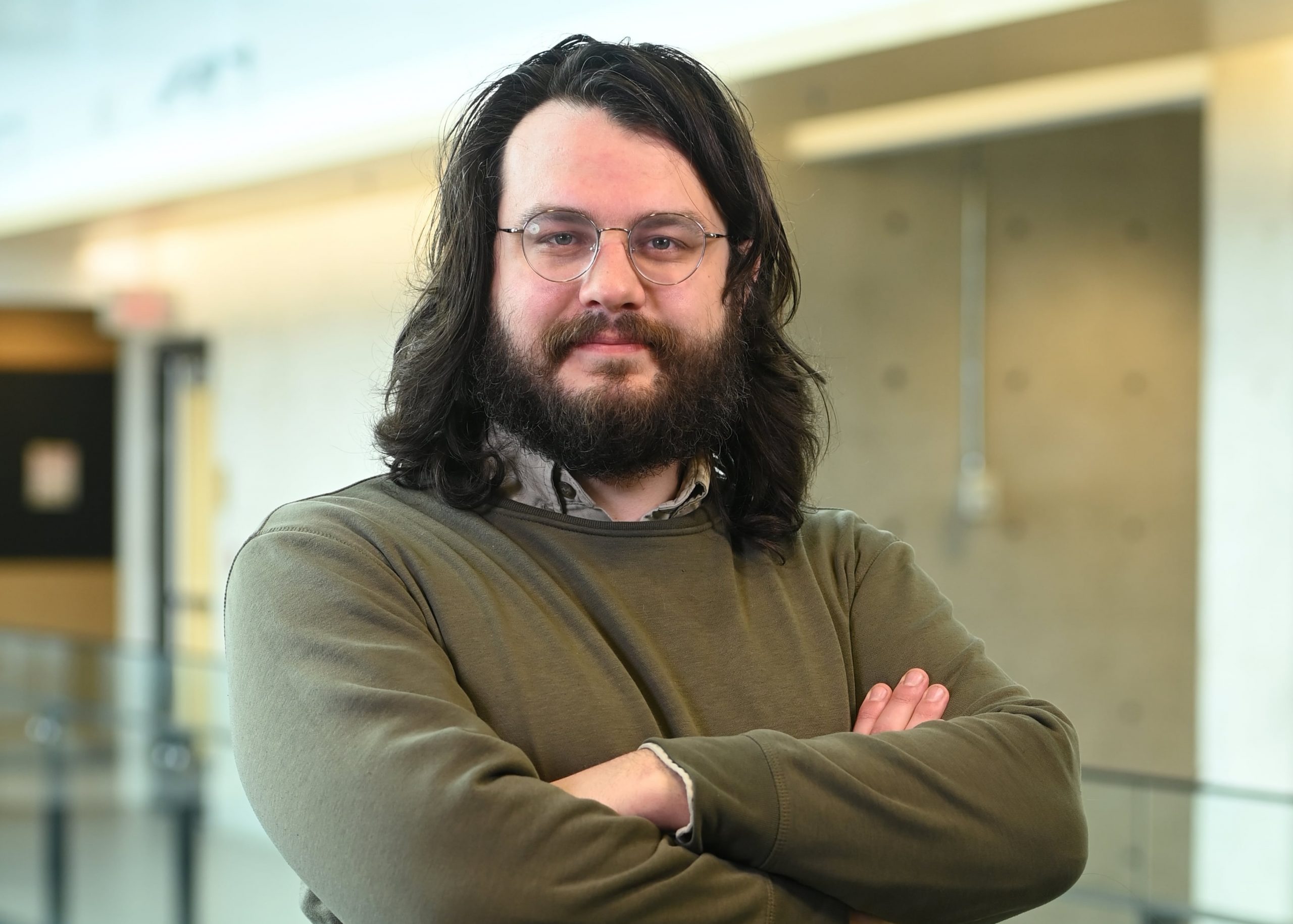
The Truth and Reconciliation Commission (TRC) provided those directly or indirectly affected by the legacy of the Indian Residential Schools system with an opportunity to reflect on their experiences. In addition to documenting the historical record of the residential schools, the TRC hosted seven national events across Canada where former students and their families were able to share how the residential school experience had negatively shaped too many lives. The larger purpose of the TRC was to educate Canadians about the ongoing legacy of the residential schools and to launch a mutual process of reconciliation. The TRC’s six-volume final report, and particularly its 94 “calls to action,” established the foundation for a national process of reconciliation based on a renewed nation-to-nation relationship with the country’s Indigenous peoples grounded in respect, cooperation, partnership, and recognition of rights – a work in progress that as yet has seen little in terms of real achievements.
Many Indigenous children experienced psychological, spiritual, physical, and sexual abuse in the residential schools. At an individual level, such experiences often provoked significant psychological trauma, including heightened feelings of anger, anxiety, low self-esteem, and depression as well as post-traumatic stress disorder, addiction, and high rates of self-harm and suicide. Importantly, however, the impacts of institutionalization in residential schools have continued to be felt by subsequent generations in a vicious cycle of intergenerational trauma. Given that many residential school survivors were deprived of loving family environments and their own Indigenous culture, they found themselves ill-equipped to nurture and support their own children. As a result, high rates of family violence, domestic partner abuse, unemployment, involvement in the justice system and incarceration, homelessness in urban centres and poor housing conditions in many First Nations communities all can be directly linked to residential schools, with these same pathologies perpetuated in successive generations, trauma built on trauma.
While the TRC has helped Canadians to understand the insidious, metastasizing nature of intergenerational trauma as it affects the country’s Indigenous population, insufficient attention has been given to another aspect of the uneasy and to date mostly one-sided path to reconciliation: moral injury.
The notion of moral injury is most often applied to conflict situations, when those who inflict suffering or death on others themselves suffer profound psychological damage. Moral injury can be clinically defined as disruption in an individual’s confidence and expectations about one’s own or others’ motivation or capacity to behave in a just and ethical manner. The inability to justify one’s personal actions or the actions of others in relation to a pre-existing moral code results in moral injury. In short, moral injury tarnishes one’s soul. It is to be noted that Dalhousie University’s Dallaire Institute for Children, Peace and Security recently received $1 million from the Department of Veterans Affairs for a five-year study on the mental health effects of exposure to child soldiers during military service – a significant driver of moral injury among military personnel.
An example of such moral injury is the cumulative toll on a drone operator who remotely guides missiles that kill people half a world away. The US military recently acknowledged that the August 29, 2021 “righteous strike” on a suspected Islamic State terrorist in Kabul instead targeted an innocent employee of an American-funded aid agency, incinerating him and nine members of his family. One ponders the moral injury of the person who ordered the strike, the drone operator who launched the fatal missile, or the investigative reporters who unraveled the truth of yet another Afghan tragedy.
But how does such battlefield moral injury relate to Settler-Indigenous reconciliation in Canada?
The TRC’s well-researched and elegantly written reports and its “calls to action” conscientized Canadians to the damage done to the country’s Indigenous people. As a result, land and treaty acknowledgements, smudging ceremonies, stories of Turtle Island, and “We are all Treaty People” have become part of our mostly performative efforts towards reconciliation.
In recent months, several First Nations have located more than 1,300 unmarked graves on the grounds of former residential schools. This grim discovery blazed across international headlines, despite the TRC’s 273-page section on missing children and unmarked burials; the 2015 report identified 3,200 confirmed deaths of named and unnamed residential school students.
The somber day-by-day announcements of further ground radar-identified graves, distraught Indigenous leaders wrestling with yet another reminder of Canada’s colonial legacy, the platitudes of politicians, demonstrations and vigils, and – most of all – former residential schools and government buildings lined with rows of children’s shoes all reanimated discussion about the injuries done to the country’s Indigenous peoples and the imperatives of reconciliation.
If the discovery of these unmarked children’s graves further traumatized Indigenous families, the uncovering of one of Canada’s “dirty little secrets” also caused a measure of moral injury among the country’s Settler population. Whether Settler Canadians have troubled themselves with the meaning of reconciliation or its implications for themselves and our shared country, the unmarked graves have challenged our firm moral compasses, exposing real ethical dilemmas that can’t be assuaged by half-masted flags or the uneven cross-country observance of the inaugural National Day for Truth and Reconciliation.
Those graves of Indigenous children may cause empathetic Settler Canadians to experience the guilt and shame of a collective moral injury. It is hoped that these Canadians will reflect more deeply on what reconciliation requires of us as individuals. But more importantly, we must focus on another key dimension of moral injury: a profound sense of longstanding betrayal of what is right on the part of persons who hold legitimate authority. While we can’t change the historical record, we can and must demand more of our leaders to fully implement the TRC’s well-thought-out calls to action, to enact the principles of the United Nations Declaration on the Rights of Indigenous Peoples, and to move beyond a pattern of symbolic and frequently litigious actions so as to place real and mutual reconciliation at the forefront of our national agenda. Without such action, and without the engagement of all citizens, the unfortunate legacies of our past will be further perpetuated and our sense of profound moral injury will continue to weaken the very fabric of Canadian society as well as our bruised national identity.
Photo credit: Edgar Bullon / Alamy Stock Photo










